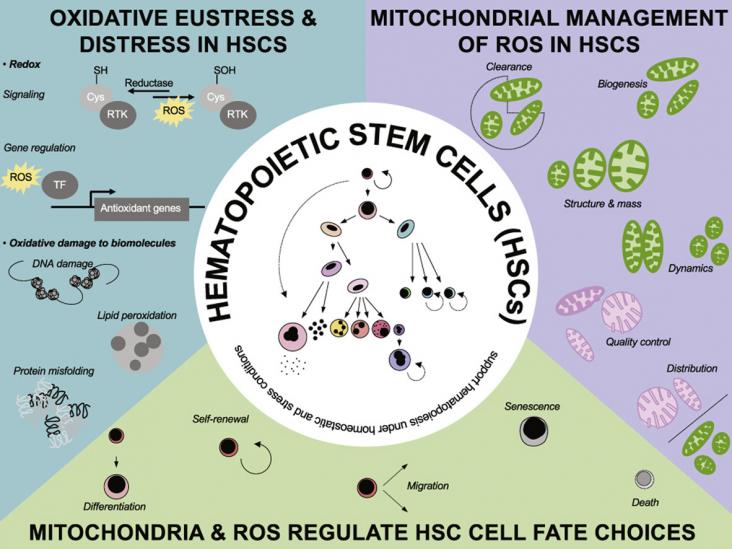Healthcare professionals are exposed to several stress factors, especially during health emergency situations like Covid-19.
The present numerical study investigated the transportation time of the inhaled chemicals in three realistic human airway models by adopting a methodology from the field of the building ventilation.
This article supports SDGs 3 and 10 by assessing racial and ethnic disparities in seasonal influenza vaccine uptake among older US adults. The findings show substantial disparities in uptake and suggest that new strategies are urgently needed to address these inequities.
This Article supports SDGs 3 and 10 by evaluating ethnic inequalities in health among older adults (55 years or older) in England. The large, cross-sectional study includes more than a million survey respondents, and identifies wide ethnic inequalities in health-related quality of life, prevalence of long-term conditions, experiences of primary care, support from local services, and confidence in managing one's own health. Outcomes varied widely between minority ethnic groups, both in the direction and magnitude of associations.

A hydro-economic assessment of the headwaters of the Nile River revealed the upstream-downstream linkages and interconnections among socio-economic development, climate change, and the environment.
This Viewpoint supports SDGs 3, 6, and 7 by discussing some of the reasons why many of the innovations and technologies for WASH (water, sanitation, and hygiene) and household air pollution developed in recent decades have not led to the expected improvements in health outcomes, and why many of these interventions have either been inconsistently adopted by low-income households, or not adopted at all.
Climate change can have detrimental effects on child health and wellbeing.
A Research Paper on food insecurity in the UK, in the context of SDGs 1, 2, and 3, focusing specifically on the association between the implementation of austerity policies in 2010 and the increase in foodbank use and food insecurity over the following decade.
Tauopathies are neurological disorders characterized by intracellular tau deposits forming neurofibrillary tangles, neuropil threads, or other disease-specific aggregates composed of the protein tau. Tauopathy disorders include frontotemporal lobar degeneration, corticobasal degeneration, Pick’s disease, and the largest cause of dementia, Alzheimer’s disease. The lack of disease-modifying therapeutic strategies to address tauopathies remains a critical unmet need in dementia care. Thus, novel broad-spectrum tau-targeted therapeutics could have a profound impact in multiple tauopathy disorders, including Alzheimer’s disease. Here we have designed a drug discovery paradigm to identify inhibitors of the pathological tau-enabling protein, MSUT2. We previously showed that activity of the RNA-binding protein MSUT2 drives tauopathy, including tau-mediated neurodegeneration and cognitive dysfunction, in mouse models. Thus, we hypothesized that MSUT2 inhibitors could be therapeutic for tauopathy disorders.

Hematopoietic stem cells (HSCs) are responsible for life-long production of blood and immune cells. HSC transplantation (HSCT) is the original cell therapy which can cure hematological disorders but also has the potential to treat other diseases if technical and safety barriers are overcome. It is hoped that HSCT can become safe enough to treat non-life-threatening disorders like allergy, psychiatric disorders, HIV, and aging.
